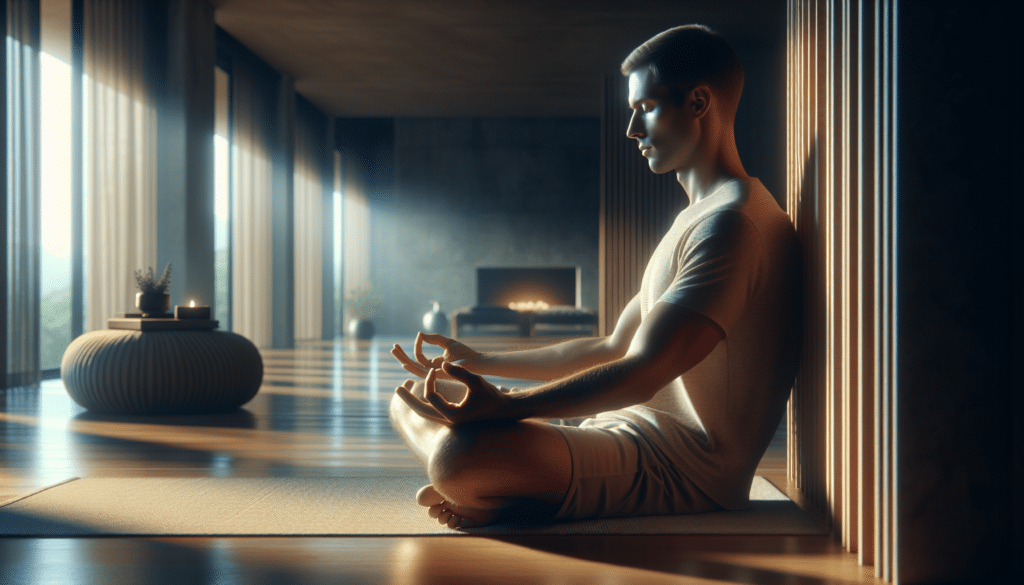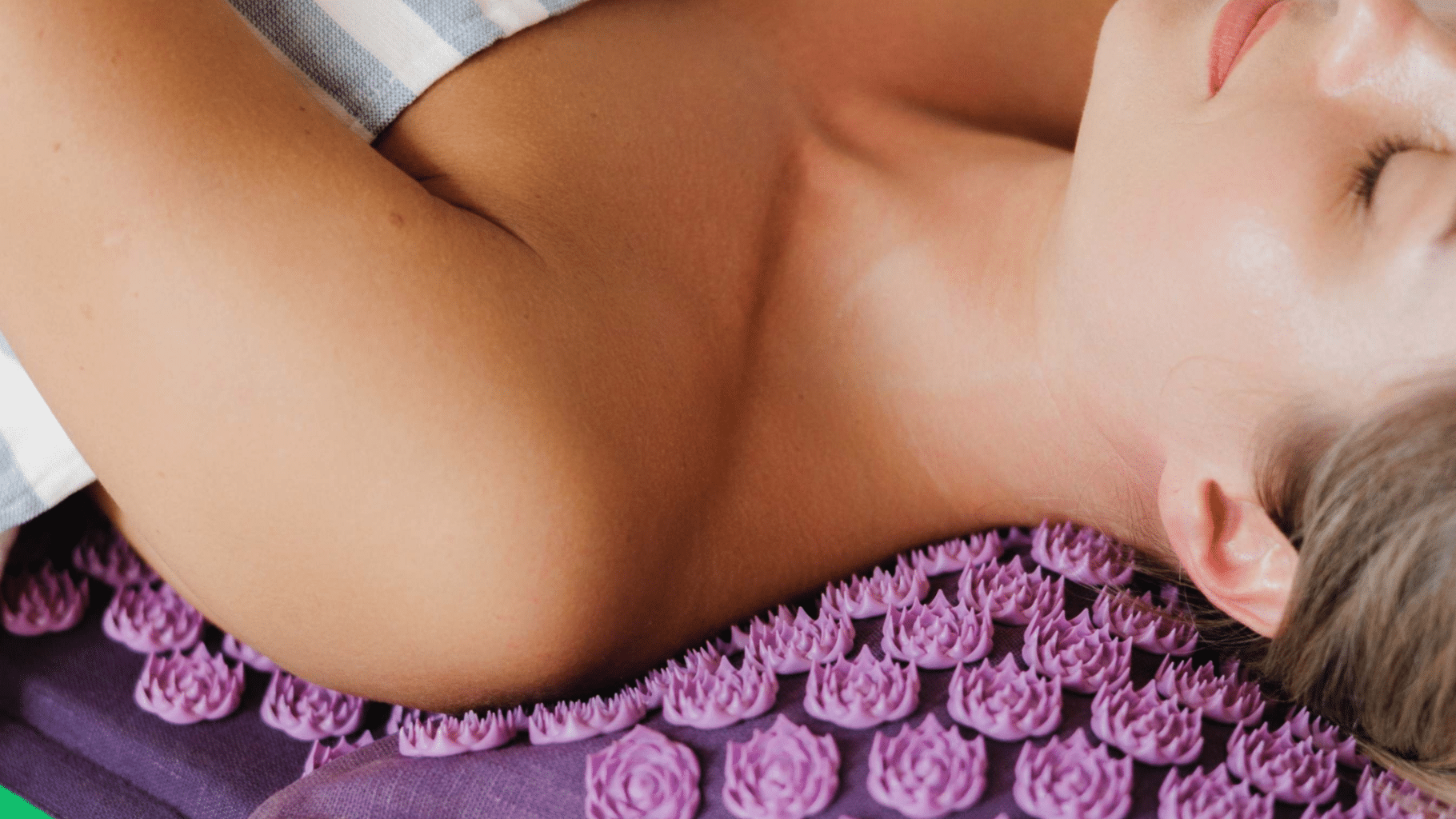Welcome to the world of Progressive Muscle Relaxation (PMR) 1. This simple practice helps you manage daily stress by tensing and relaxing your muscles. It began as a way to notice and reduce stress in the body. Learn to use PMR every day to feel calmer.
How do you perform progressive muscle relaxation?
To perform progressive muscle relaxation, sequentially tense and then relax each muscle group. Start at your toes and work upwards to your head. Hold the tension for a few seconds, then release slowly while breathing deeply. Repeat the sequence to effectively reduce stress and anxiety.
This blog is part of a series on “relaxation techniques.” The next blog is about guided imagery.
Key Tips for Mastering Progressive Muscle Relaxation
- Start gradually: Begin with your feet and progressively work up to your face.
- Control your breathing: Inhale deeply when tensing muscles, exhale slowly on release.
- Maintain focus: Pay close attention to the tension and relaxation in each muscle.
- Find a quiet space: Ensure your environment is distractions-free to enhance focus and relaxation.
- Use guidance: Consider using audio or video guides to ensure correct technique and pacing.
- Be consistent: Practice regularly to reduce stress and improve your ability to relax.
- Adjust as needed: If discomfort occurs, lessen the intensity of the muscle tension.
Understanding Progressive Muscle Relaxation Exercises
Progressive Muscle Relaxation (PMR) starts with selecting one muscle group at a time. You tense each muscle, hold the tension, and then release it. This technique helps you notice the contrast between tension and relaxation. Practicing PMR allows you to understand the feeling of a tensed muscle and a completely relaxed state. You start from your toes and move up to your neck and arms.
Each session should involve all major muscle groups, moving progressively. Edmund Jacobson developed this approach in the 1920s, emphasizing the importance of easing physical tension to promote mental relaxation. Remember to breathe deeply as you tense and exhale as you relax. This breathing pattern enhances the relaxation effect.

Progressive Muscle Relaxation can reduce symptoms of stress and anxiety. It is a straightforward yet powerful relaxation technique. The method not only eases muscle tension but also calms the mind, making it easier to handle daily pressures. With practice, you can learn to trigger relaxation in any stressful situation.
Key Moments in Progressive Muscle Relaxation: Maximizing Effectiveness
The effectiveness of Progressive Muscle Relaxation hinges on your ability to focus on key moments. The first key moment is when you inhale deeply and begin to tense a specific muscle group. As you hold the tension, pay special attention to how the tension feels. This awareness helps heighten the relaxation phase that follows.
The next critical moment is when you release the tension—exhale slowly and feel the muscle relax completely. This release should bring a noticeable sense of relief. Repeating this process through different muscle groups enhances the overall relaxation effect, teaching your body the difference between tense and relaxed states.
Move on to the next muscle group only after you have fully experienced the relaxation in the previous one. This step-by-step method ensures that no part of the body is neglected. By the end of the session, you should achieve a comprehensive state of relaxation across all muscle groups.
| Step | Body Part | Focus on | Benefits |
|---|---|---|---|
| 1 | Feet and Ankles | Tense and release | Reduces foot tension, aids relaxation |
| 2 | Legs and Knees | Tense and release | Lessens leg fatigue, enhances calmness |
| 3 | Abdomen and Lower Back | Tense and release | Improves abdominal and back comfort |
| 4 | Arms and Shoulders | Tense and release | Relieves shoulder and arm stress |
| 5 | Face and Neck | Tense and release | Eases neck pain, decreases facial tension |
Common Mistakes and How to Avoid Them in Progressive Muscle Relaxation
A frequent mistake in practicing PMR is rushing through the steps. Each muscle group deserves your full attention—tense it for about five seconds and then relax. Rushing prevents you from fully experiencing the relaxation effect. Another common error is not setting a comfortable environment. Ensure your practice area is free from distractions, and wear comfortable clothing.
Some people might tense their muscles too forcefully, which can lead to discomfort or even pain. It’s important to create tension that is noticeable but not painful. The goal is to relax the body, not strain it. Be mindful of your body’s limits and adjust the intensity of your tensing accordingly.
Lastly, irregular practice can diminish the benefits of PMR. Consistency is key. Make it a part of your daily routine to see significant improvements in reducing stress and anxiety. With regular practice, you’ll find the relaxation response becomes more natural and effective.
Enhancing Your Progressive Muscle Relaxation Exercise Environment
Creating the right environment is crucial for effective Progressive Muscle Relaxation. Choose a quiet place where you won’t be interrupted. This might be a specific room in your home or a secluded natural spot. The less noise and clutter around you, the more you can concentrate on the relaxation exercise.
Consider the ambiance—dim lighting or blackout curtains can help reduce visual distractions, and a comfortable mat or recliner can enhance physical comfort. Soft background music or nature sounds can also aid in relaxation, helping you disconnect from routine stressors.
Ensure that the room temperature is comfortable. Too cold or too hot environments can distract you from focusing on relaxation. The setup doesn’t need to be elaborate; simplicity often enhances focus. Once you find a setting that works for you, stick with it to build a consistent relaxation practice.
Integrating Progressive Muscle Relaxation into Your Daily Routine
Incorporating PMR into your daily life can help you manage stress effectively. Start with short sessions in the morning to prepare for the day ahead. You can also use mini-relaxation sessions at work during breaks—just a few minutes can help reset your stress levels.
Evening sessions can be longer to help unwind after a day’s work. Consistency is crucial; a few minutes of PMR can make a significant difference, even on busy days. You might find specific times or triggers throughout the day that benefit from a quick relaxation session.
Adapt PMR to fit your lifestyle. If you travel often, bring along recordings of guided sessions. If you have a busy home life, teach your family members the basics so they can join in or give you the space you need. Over time, PMR becomes a reliable tool for maintaining calm and focus amid a hectic schedule.
Personal Thoughts
In my search for stress control, progressive muscle relaxation was particularly effective. It helped me switch from constant alertness to a more relaxed state, making a noticeable difference in my daily stress levels.
This technique has been a cornerstone in my personal stress management toolkit. By focusing on physical relaxation, I could also calm my mind, making me more resilient in handling life’s pressures.
Frequently Asked Questions
What are the steps to perform progressive muscle relaxation?
Begin progressive muscle relaxation by finding a comfortable, quiet place. Tense each muscle group for about 5 seconds, then relax it for 30 seconds, paying attention to the feeling of release. Start from your feet and work your way up to your face, breathing deeply throughout the exercise.
What benefits does progressive muscle relaxation offer?
Progressive muscle relaxation helps reduce stress and anxiety by eliciting deep physical and mental relaxation. Regular practice can decrease symptoms of anxiety and tension, lower blood pressure, and improve overall emotional resilience and sleep quality.
How often should you practice progressive muscle relaxation?
For effective results, practice progressive muscle relaxation at least once a day. Consistency helps train the body and mind to more easily achieve relaxation and manage stress. Some may find multiple short sessions throughout the day beneficial, especially in high-stress environments.
Can progressive muscle relaxation help with medical conditions?
Progressive muscle relaxation can help manage various medical conditions, including high blood pressure, chronic pain, and migraines. It promotes relaxation and helps reduce muscle tension and tightness, contributing to pain relief and stress reduction. Always consult a healthcare provider before starting any new relaxation technique.
What should you do if you feel discomfort during progressive muscle relaxation?
If you experience discomfort while practicing progressive muscle relaxation, lessen the intensity of the tension you are applying. Focus on gentle tensing and ensure complete relaxation between cycles. If discomfort persists, consider consulting with a healthcare professional to adjust the technique to your needs.




